Anavar Vs Dianabol: Comparing Benefits, Side Effects, and Results
Anavar (Oxandrolone) and Dianabol (Methandrostenolone) differ greatly in their applications. Anavar is renowned for promoting lean muscle retention and fat reduction, offering mild androgenic effects. Conversely, Dianabol excels in rapidly increasing muscle mass and strength through potent anabolic activity. Anavar's side effects are relatively mild but could affect liver function and cholesterol. Dianabol carries greater androgenic risks, including liver stress and cardiovascular concerns. Understanding individual fitness goals aids in choosing the right approach. For further insights, continue exploring.
Key Takeaways
- Anavar offers milder side effects and is ideal for lean muscle retention and cutting phases.
- Dianabol provides rapid muscle mass and strength gains, making it suitable for bulking phases.
- Anavar minimizes water retention, supporting a defined musculature, unlike Dianabol's bloating effect.
- Dianabol's potent androgenic nature results in pronounced side effects, requiring careful health monitoring.
- Fitness goals determine the choice between Anavar's lean retention and Dianabol's mass-building prowess.
Understanding Anavar and Its Uses
Anavar, known scientifically as Oxandrolone, is an anabolic steroid frequently utilized for its muscle-enhancing properties, particularly in clinical settings to promote weight gain following extensive surgery or chronic infection. Its mechanisms include enhancing nitrogen retention, increasing protein synthesis, and reducing muscle wasting. The uses of Anavar extend to individuals requiring muscle mass augmentation due to medical conditions. Clinically, it is also applied in managing severe burns, osteoporosis, and aiding in counteracting catabolic effects of long-term corticosteroid therapy. Ideal anavar dosage varies based on therapeutic objectives, with typical regimens ranging from 2.5 mg to 20 mg daily, tailored according to patient-specific metabolic responses and medical necessity. Its efficacy hinges on precise dosage control to mitigate potential adverse effects and achieve desired anabolic outcomes.
Exploring Dianabol and Its Benefits
While Oxandrolone offers specific therapeutic advantages, Methandrostenolone—commonly known as Dianabol—delivers a markedly different anabolic profile, highly regarded for its potent muscle-building effects. Introduced in the 1950s, Dianabol quickly gained popularity among athletes and bodybuilders for its ability to promote rapid gains in muscle mass and strength. It works by enhancing nitrogen retention and stimulating protein synthesis, which directly supports muscle hypertrophy.
Typical Dianabol dosages range from 15 to 50 mg per day, adjusted based on individual goals, experience, and tolerance. Its oral bioavailability adds to its appeal, offering a convenient administration method. For optimal results, Dianabol should be used in well-structured cycles, complemented by targeted nutrition and recovery protocols. Those interested in quality sourcing can shop Dbol safely at misterolympia, where product transparency and user safety are prioritized.
Comparing the Side Effects of Anavar and Dianabol
When evaluating the side effects of Oxandrolone (Anavar) and Methandrostenolone (Dianabol), understanding their distinct biochemical impacts is essential for risk assessment. Anavar side effects are generally considered milder, largely due to its lower androgenic properties. Potential adverse effects include hepatotoxicity, albeit less severe than other anabolic steroids, alongside cholesterol level alterations, particularly decreasing HDL and increasing LDL. In contrast, Dianabol side effects are more pronounced due to its potent androgenic nature, resulting in notable hepatic strain, characterized by elevated liver enzymes. Additionally, Dianabol may exacerbate cardiovascular risks by considerably altering lipid profiles, increasing water retention, and raising blood pressure. Both anabolic agents underscore the necessity for cautious application, prioritizing thorough health monitoring to mitigate associated risks.
Analyzing the Muscle-Building Results
Despite their differences in side effect profiles, both Oxandrolone (Anavar) and Methandrostenolone (Dianabol) are renowned for their anabolic efficacy, particularly in promoting muscle hypertrophy. Anavar, with its relatively mild androgenic effects, facilitates muscle growth by enhancing nitrogen retention and protein synthesis. This modulation optimizes nutrient utilization, thereby supporting lean muscle accrual without excessive water retention. Conversely, Dianabol markedly accelerates muscle mass augmentation through pronounced anabolic activity, primarily due to its potent influence on glycogenolysis and nitrogen balance. This results in rapid strength gains and performance enhancement. However, the water retention associated with Dianabol may contribute to a more bloated musculature. Both compounds offer distinct muscle-building outcomes, contingent on their mechanistic pathways and the athlete's nutritional strategy.
Evaluating the Suitability for Different Fitness Goals
Determining the suitability of Oxandrolone (Anavar) and Methandrostenolone (Dianabol) for distinct fitness goals necessitates an understanding of their pharmacological profiles and physiological impacts. Anavar, with its mild anabolic effects and reduced androgenic activity, is often preferred by individuals aiming for lean muscle retention and fat reduction. It aligns with fitness goals focused on cutting phases, where maintaining muscle while losing adipose tissue is essential. Conversely, Dianabol, known for its potent anabolic properties, is favored by those seeking substantial muscle mass and strength gains, aligning with bulking phases. Individual preferences play a significant role; some prioritize minimal side effects, favoring Anavar, while others value rapid hypertrophy, opting for Dianabol. Each compound's unique profile dictates its appropriateness for specific fitness objectives.

